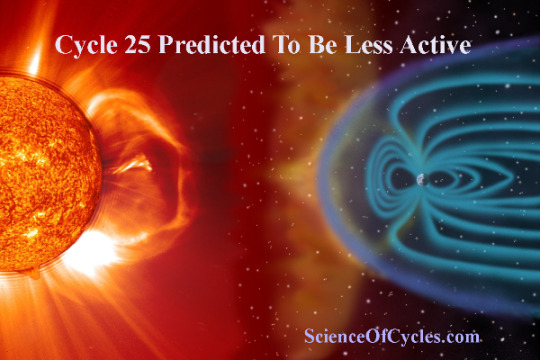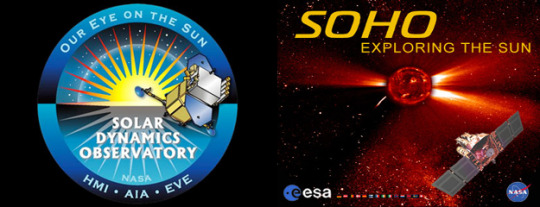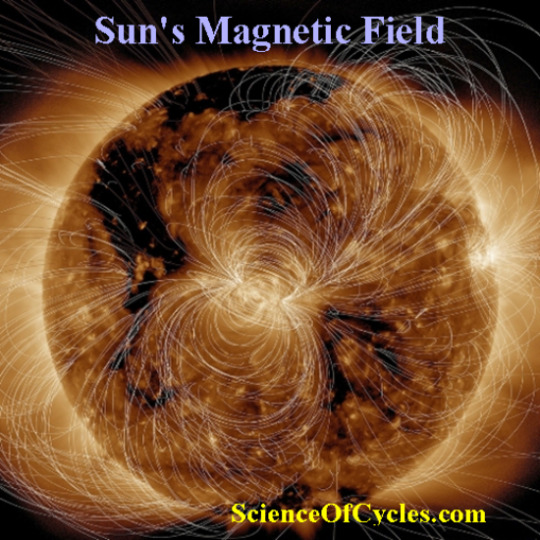#cycle25
Explore tagged Tumblr posts
Text
BREAKING NEWS: NASA Predicts Solar Cycle 25 Weakest in Last 200 Years
The forecast for the next solar cycle says it will be the weakest of the last 200 years. Research now underway has found a more reliable new method to predict this space weather. The maximum of this next cycle - measured in terms of sunspot numbers, could be 30 to 50% lower than the most recent one - Cycle 24. The results show the next cycle will start in 2020 and reach its maximum in 2025.

The new research was led by Irina Kitiashvili, a researcher with the Bay Area Environmental Research Institute at NASA's Ames Research Center, in California's Silicon Valley. It combined observations from two NASA space missions; Solar and Heliospheric Observatory and the Solar Dynamics Observatory with data collected since 1976 from the ground-based National Solar Observatory.

One challenge for researchers working to predict the Sun's activities is that scientists do not yet completely understand the inner workings of our star. Some factors that play out deep inside the Sun cannot be measured directly. They have to be estimated from measurements of related phenomena on the solar surface like sunspots, coronal holes and filaments. Kitiashvili's method differs from other prediction tools in terms of the raw material for its forecast. Previously, researchers used the number of sunspots to represent indirectly the activity of the solar magnetic field. The new approach takes advantage of direct observations of magnetic fields emerging on the surface of the Sun.

NASA has been assigned to procure American astronauts to the Moon in the next five years with a landing on the lunar South Pole. With a calm and quiet space weather forecast for the coming decade, it is a great time to explore. _______________ Science Of Cycles keeps you tuned-in and knowledgeable of what we are discovering, and how some of these changes will affect our communities and ways of living.

Read the full article
#cycle25#cycle25prediction#IrinaKitiashvili#NASAPredictsSolarCycle25WeakestinLast200Years#NationalSolarObservatory#SolarandHeliosphericObservatory#solarcycle25#SolarDynamicsObservatory
0 notes